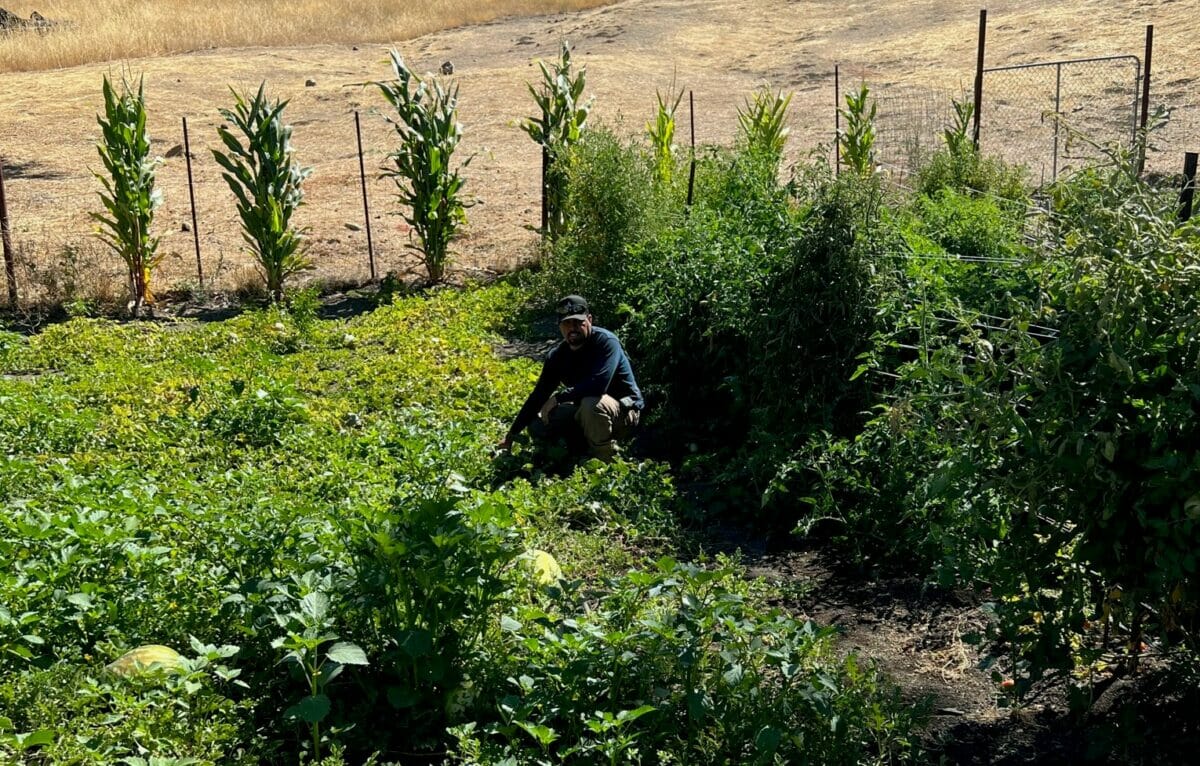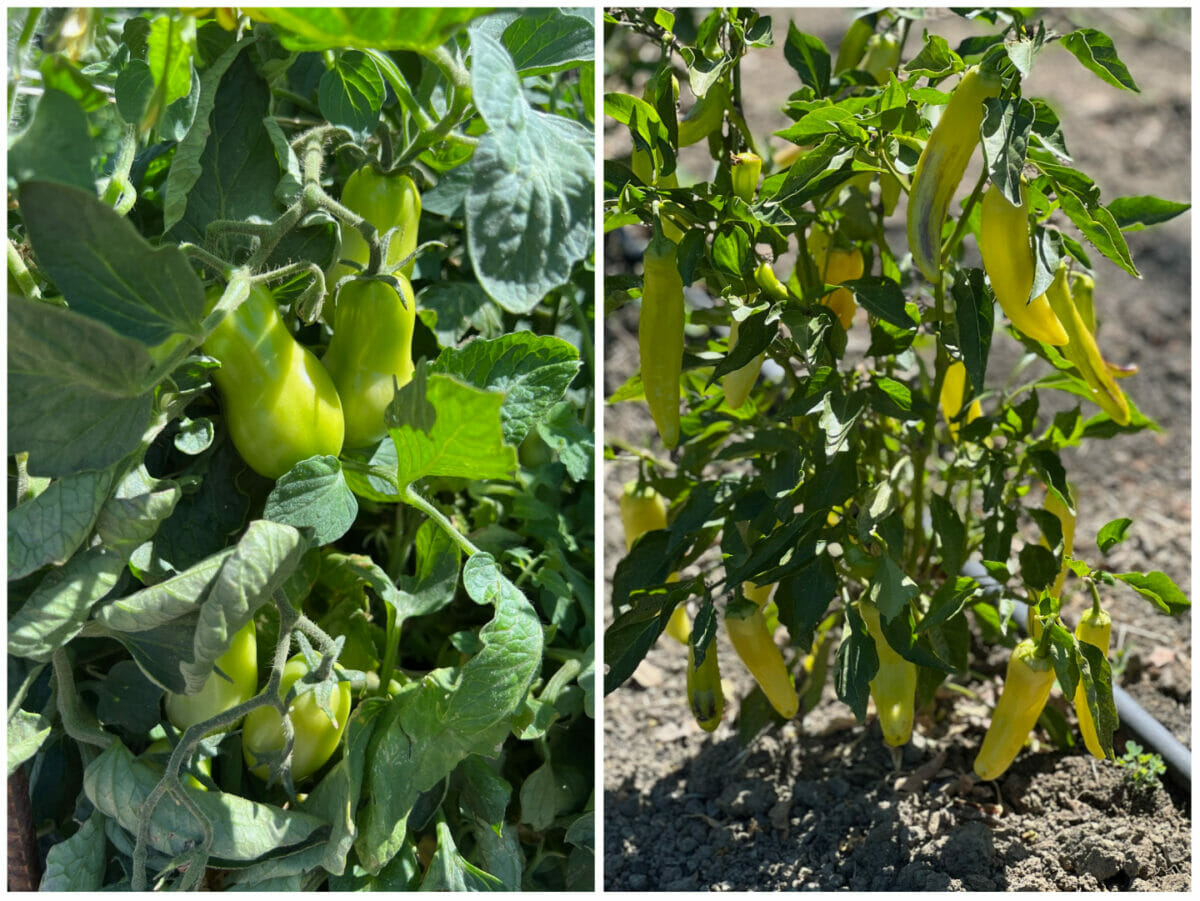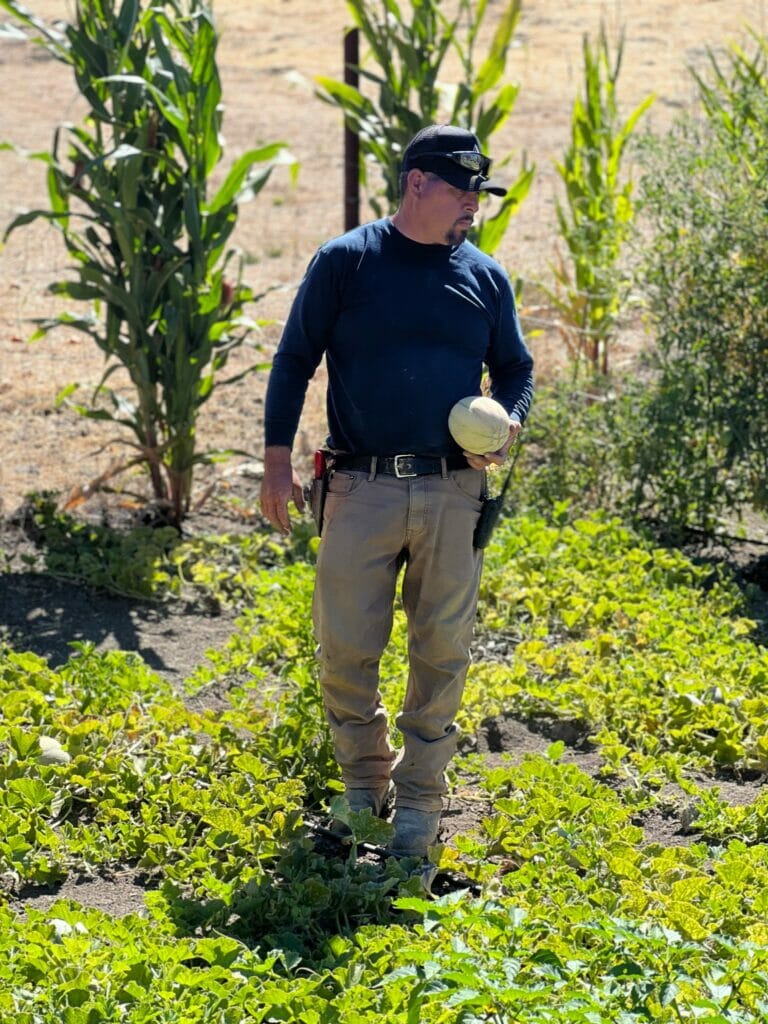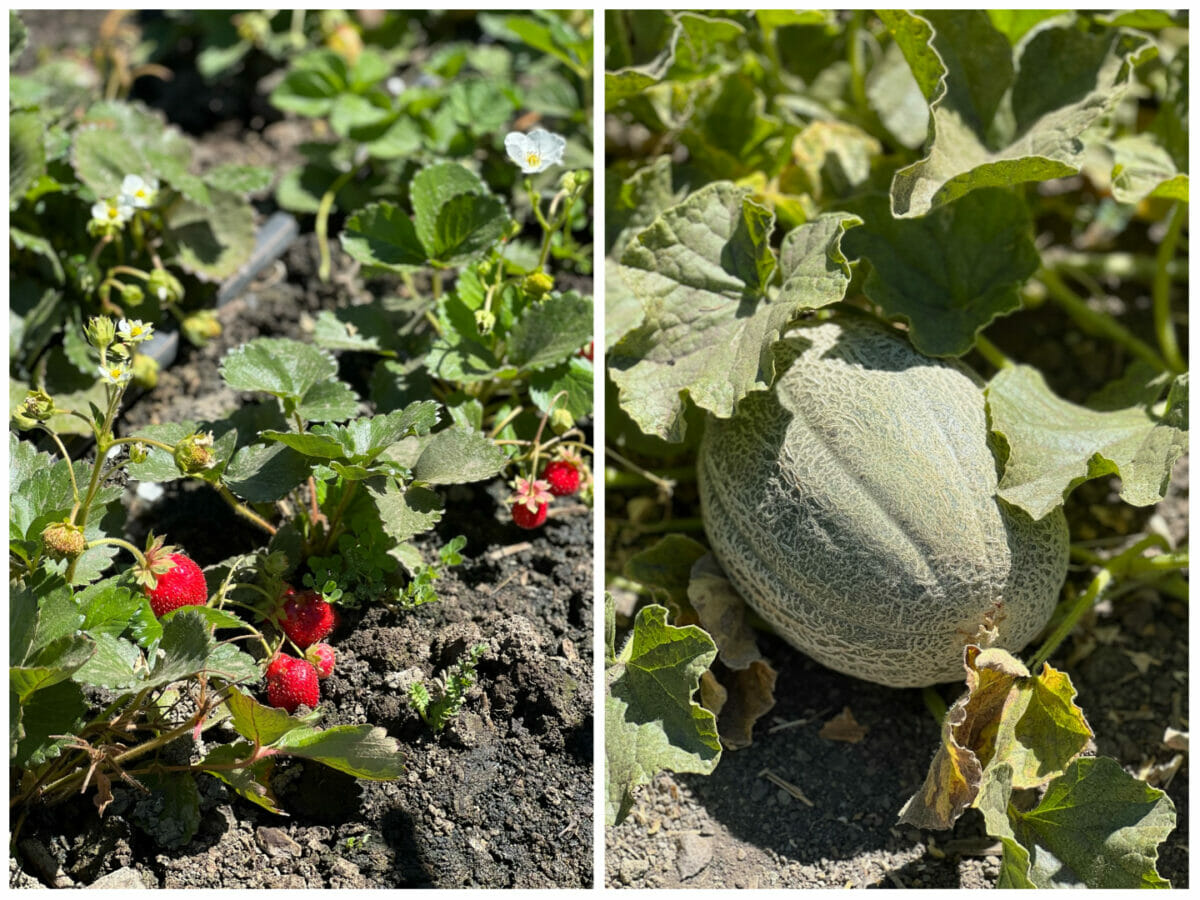At Somerston Estate in Napa Valley, a half-acre plot is devoted to growing fruits and vegetables for its immigrant farmworkers.

Tucked away in the eastern Vaca Mountains of Napa Valley is an historic 1,682-acre property where grapes for some of Napa’s most esteemed wineries are grown. The estate’s 230 acres of sustainably farmed vineyards are undoubtedly important to the region’s wine industry, especially for the Somerston Estate and Priest Ranch wines that are produced on site. But Napa would be at an even greater loss without the skilled migrant workers that tend and care for its vineyards—something that never goes forgotten by the team at Somerston Estate.
“In our industry, we stand on the backs of so many different people that we tend to forget. Some of the most foundational folks who really let us, allow us to do what we do,” says Craig Becker, Somerton Estate’s general manager and director of winemaking. He’s specifically referring to the estate’s permanent crew of about 24 vineyard workers, all of whom are legal immigrants from Mexico who’ve been in the US for more than 20 years, and their annual group of H-2A workers.
In recent years, more attention has been given to the often forgotten but incredibly important skilled farmworkers that make California’s agriculture industry possible. And yet, 20 percent of farmworkers have family incomes below the poverty level, according to the most recent National Agricultural Workers Survey, and 44 percent of all migrant workers still live below the federal poverty line.
Somerston Estate is one of many farms and wineries focused on improving working conditions and quality of life for its skilled workers. It starts off by paying them a living wage, which is rare but crucial. In California, the average vineyard worker crew is paid a certain rate per ton of grapes picked. Depending on the crew and grapes available to be harvested, that can fall anywhere between $11 and $24 an hour, according to statistics gathered by Napa Valley Vintners. At Somerston Estate, however, workers are paid a flat hourly rate, which means they are valued as much during years when wildfires or other environmental issues reduce crop yield as they are when vineyards produce a bountiful harvest. “The least expensive workers make $24 an hour,” says Becker.
Housing for migrant workers in Napa Valley is especially expensive and limited, something the estate is also looking to remedy for its workers by building them their own housing complex near the property. “[Migrant workers] end up in a place like Fairfield, California, which, there’s nothing wrong with Fairfield, California, but it’s not a Mexican plantation. It’s not a farm in rural Mexico, where these folks came from,” says Becker. “They all tend to live in, you know, two- to three-story apartments, because it’s very expensive. And the majority of the apartments actually have no community garden.”
As a small way to honor its vineyard workers, Somerston Estate devotes a plot of land for them on which to garden, where they can grow and harvest fruits and vegetables with which to feed their families. “It’s all for the employees,” says Becker. “Pick it from the tree and it’s yours.”
Beyond being a source of food, Becker says the garden also presents an opportunity for migrant workers to connect with the lives they left behind in their home country. “The journey and sacrifices these people have made with the hopes of building a better life on this side of the border is truly remarkable…and the majority, if not all, of our legal migrant workers grew up on a farm,” he says. “Farming is in these folks’ blood. This is what they do.”
Farmworkers started the half-acre garden on the Somerston Estate property around 10 years ago, and it has grown and evolved since. Today, it’s largely run by long-term employee and irrigation manager Jose Carmelo Leon, known by his co-workers as Carmelo. “[The workers] come and work the garden during their lunch hour and after work, and it’s truly remarkable,” says Becker. “You can see their joy when they harvest and share their loot with the rest of the company, including H-2A workers.”
This year, the small-but-mighty garden is filled with jalapeños, serranos, corn, onion and tomatillos, as well as watermelon, strawberries and mango. There are also rows of squash, tomatoes, eggplant and a bounty of herbs. A small orchard is planted for peach, pear and Asian pear trees.
“We’re not unique…There’s plenty of farms and vineyards that have spots for workers to do what they’re used to doing,” says Becker. “You’ve got these amazing workers who’ve given up what they consider to be their bedrock, their farm, their way of life, to come here and try to do something better for their family. Being able to provide a small window into their previous life, I mean, how could you not?”



I love this story! Thanks for sharing it.